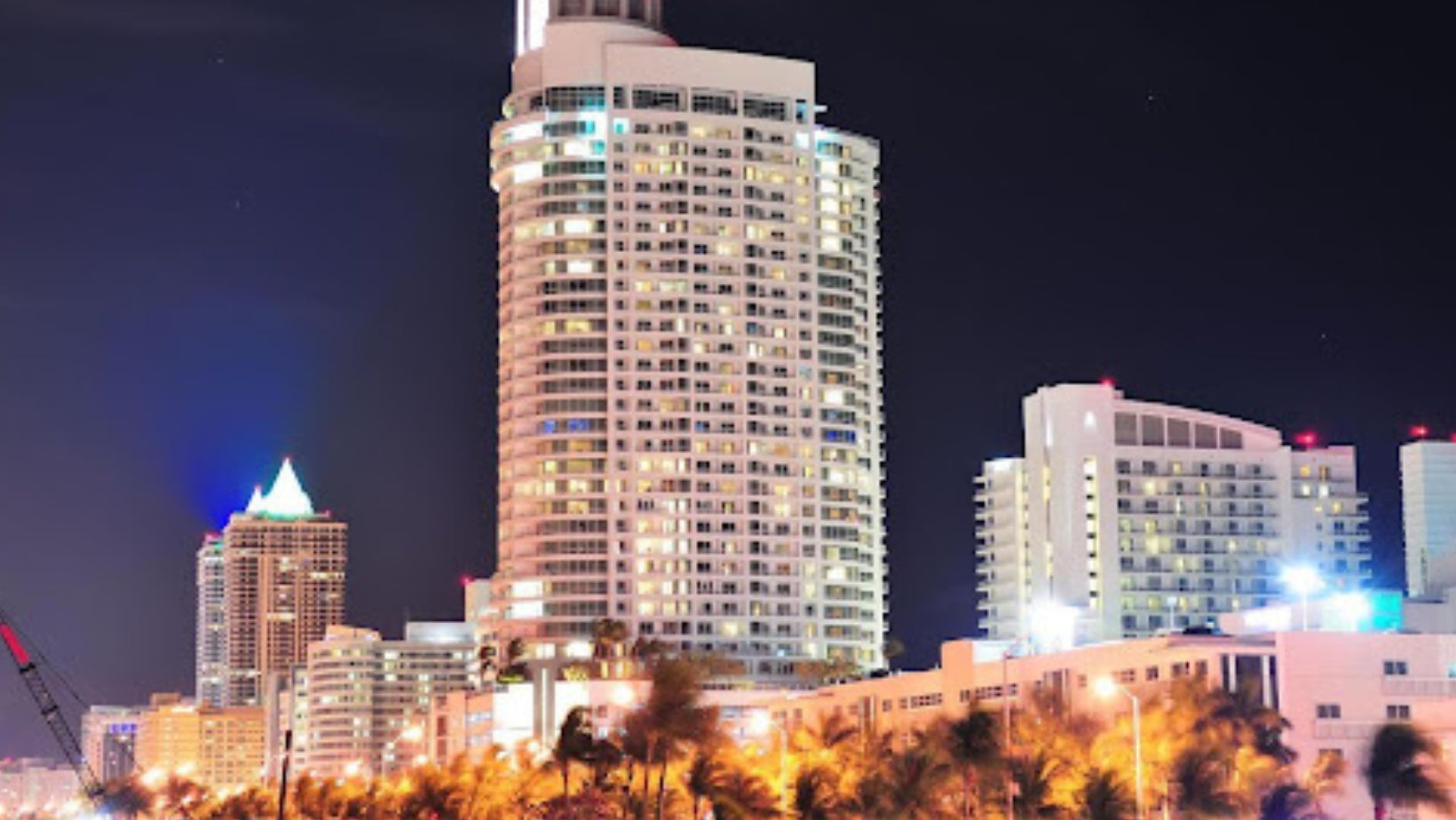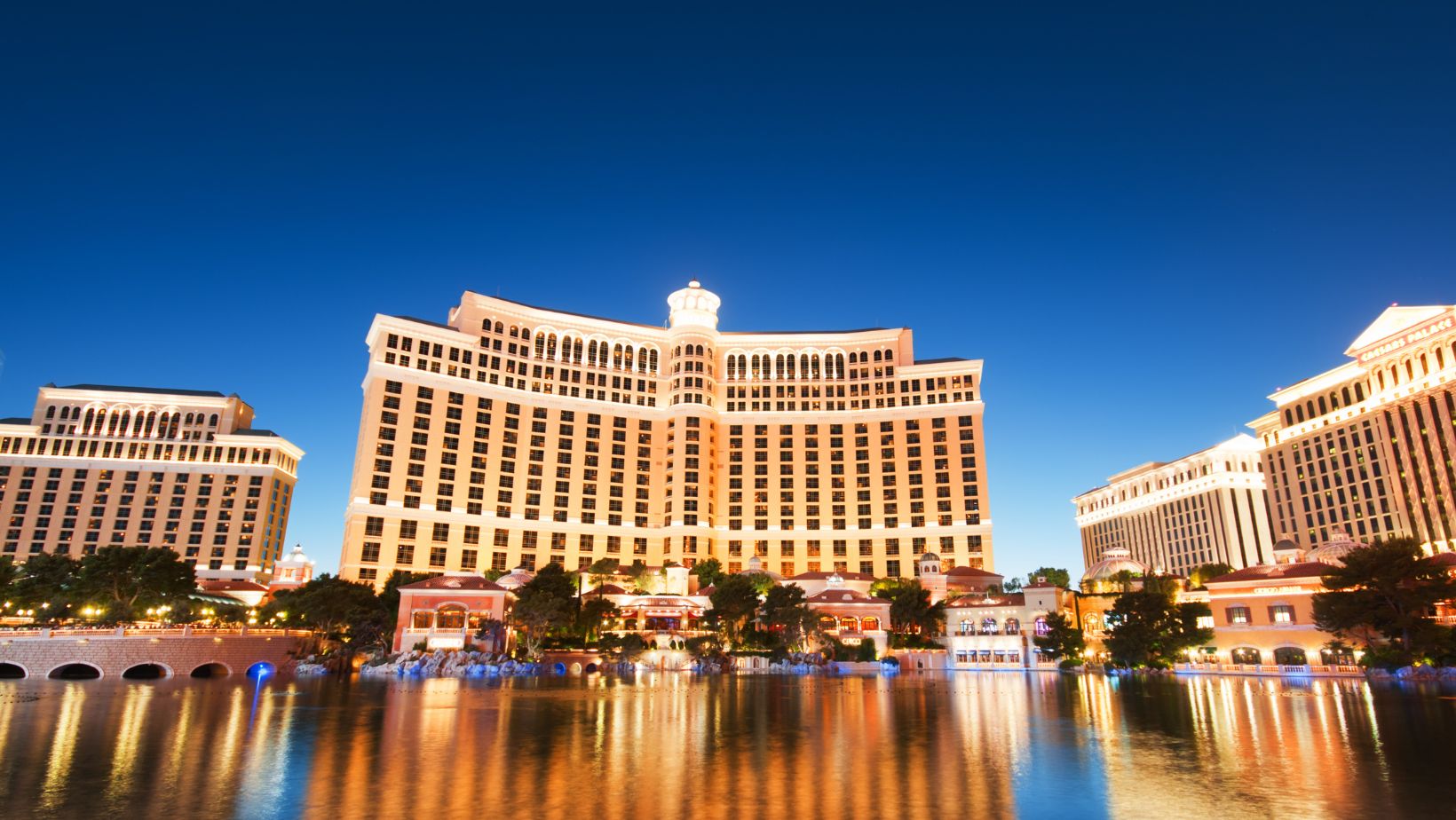
Las Vegas is known for many things, but undoubtedly, there’s one thing that stands out the most: casinos. Vegas is a hub for gambling with casinos clustered along the Strip, drawing tourists from across the US and around the world. The allure of these casinos doesn’t just sit in the possibility and thrill of risk they offer—it also lies in the entire experience surrounding them, like lavish suites, vibrant nightlife, and relaxing spas.
In Vegas, casinos and hotels go hand in hand, and throughout the city’s history, iconic locations have come and gone. These iconic sites are reflections of trends and cultural interests, so it’s natural that the sites themselves have changed and evolved dramatically alongside them—rebuilding to appeal to new generations and to ensure the survival and appeal of Vegas. Follow along as we explore three iconic Las Vegas hotels that have since been replaced with shinier new ones.
Stardust Resort and Casino > Resorts World
In 2007, the Stardust Resort and Casino was demolished, but before this, the hotel had a history-making and controversial reputation. When it was first constructed in 1958, it was the largest hotel in the world—meaning it played a pivotal role in transforming small hotels and getaways into mega resorts, as other hotels followed its path to bigger and more spacious properties to serve more people.
With time, the hotel became associated with seedy characters, most notably getting tangled with the mob in the mid-1970s when the casino hotel was run by Frank “Lefty” Rosenthal, a man closely tied to mob activities. Rosenthal would eventually inspire a character portrayed by Robert De Niro in the 1995 movie Casino.
Though the activities associated with Stardust were questionable, it wasn’t until a few decades later, leading up to the 2008 recession, that the casino hotel’s luck started to change. The company that owned Stardust was planning a major venture into an even bigger and more luxurious casino resort, and part of the plan was to demolish the current building. However, the new building was never constructed following the 2008 economic downturn. Five years later, Resorts World secured the land and a new mega casino resort opened its doors.
Dunes Hotel and Casino > Bellagio Hotel & Casino
Before the renowned Bellagio found its place among the Vegas glitz and glam, another hotel stood in its place, the Dunes Hotel and Casino. It opened in 1955 and was one of the first establishments on the Vegas Strip—there were just nine other resorts there at the time. The hotel offered guests an Arabian Nights theme across its sprawling complex, complete with a V-shaped swimming pool and golf course. Its slogan was “The Miracle in the Desert,” playing into the resort’s theme and its location in the desert.
In 1993, the complex was demolished, albeit with flair: the demolition was paired with a fireworks show—an ending that seems fitting with Vegas’s known showmanship and entertainment. Dunes became the site of the Bellagio, though some of the land has gone to other casino hotels, including Park MGM, New York-New York, and the Cosmopolitan.
The Sands > The Venetian Resort
Known for being a classic Las Vegas hotel and casino, The Sands was, for many years, the image that came to mind when people pictured the city. It operated from 1952 until 1996, and its shape on the Vegas skyline was easily identifiable as the city was establishing itself as an entertainment destination. The Sands was a venue that saw the likes of Frank Sinatra, Dean Martin, and Sammy Davis Jr. grace the stage of its Copa Room. It drew celebrities, high rollers, and casual gamblers from far and wide to test their luck. But the appeal of the historic venue began to wane as Las Vegas was taken over by mega casino resorts, causing it to lose popularity and eventually shut its doors. The building was demolished, and a new one was constructed in its place: the Venetian Resort.
The Venetian is now a world-renowned hotel, with its theme and style replicated with great success in Macao. As the name hints at, the Venetian draws inspiration from the Italian city of Venice—complete with gondolas that guests can take a leisurely ride in. The building of this casino resort was part of a larger movement in Vegas, one that focused on themed venues to add to the entertainment of the game floor and live shows found throughout the Strip—along with a sense of convenience, luxury, and extravagance.
These mega resorts have become one-stop destinations where visitors can have a full vacation experience in a single setting. They allow guests to conveniently find spaces to relax, shop, dine, gamble, and enjoy live entertainment without sacrificing quality. Many of these sites, including the Venetian, partner with luxury brands, celebrity chefs, and top entertainers to deliver an unforgettable experience, to the point that former iconic sites gave way to these new expectations.
The Las Vegas Evolution Continues
Vegas has gone through many different evolutions, and these are part of the city’s appeal. Always fresh and pushing the envelope, it keeps visitors interested in coming back to experience what the city has to offer. Today, however, there’s another factor influencing the future variations and evolutions of Vegas: digital experiences.
From the integration of AR and VR tech in Vegas resorts and casinos to embracing online casinos and gambling options, digital experiences are now important factors for hotels in Vegas to consider. They bring Vegas casino experiences to mobile devices, going far beyond the city limits. For instance, some of Vegas’s major players like MGM Resorts offer mobile casino apps in Canada, the US, and many other countries and regions around the world that allow players to play from the comfort of their homes. For Vegas to continue to be the beacon and nightlife hub that it has long been, hotels and mega resorts need to keep in mind this essential new element to keep guests walking through their doors—or risk being replaced by something bigger and better themselves.



